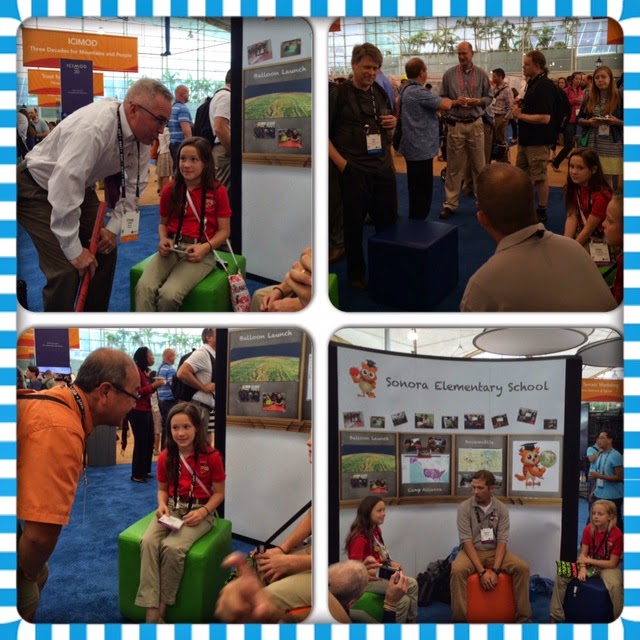Social Media: a Multi-purpose, Educational Tool
We are living in a new world! Social media is here to stay, so it is time we embrace it in a positive manner in order to stay connected to our students, parents, and community. There is SO much 'good' going on in our public schools, but for others to know we have to share outside of our 4 walls. I have heard, and believe, that we must either tell our story, or someone else will tell it. It is time for classrooms, schools, and school districts to become our own media channel to promote the positive and powerful learning that occurs daily.
Getting out your schools story is easy in this day and age ...
At Sonora Elementary we have a Facebook Page, Twitter Account, Instagram Account, and a blog. Within our blog we have embedded a link to each of our teacher or classroom blogs. I know that this looks like a lot to keep up with, but one post to Instagram will post to Facebook and Twitter, too. I don't post everything to each platform. I do try to post everything on Facebook because that is what most of our parents use.Why?
1. Social media is FREE! In a time of dwindling budgets and large copy/paper costs, social media is extremely cost efficient and timely. It really puts 'going green' in an entirely new perspective. We can communicate in real time with our stakeholders, while also being responsive.2. Social media opens the door of two-way communication. A note going home in a child's backpack might never be seen. Yet, you can post a message on Facebook, and parents can reply, ask or question, or comment. Then, you can respond in a timely manner. Now, that's customer service!
3. Our students need social media role-models. Social media is a powerful tool, but it can certainly be used in the correct manner. Students need to see their teachers, principals, and community leaders use it in a responsible way.
4. Keep it up and be consistent. If you are not consistent your message becomes diluted. We tried to keep posting over the summer, with reminders to read. Good things are always happening!
Two other types of social media that are used by schools are Pinterest and Remind 101. Remind 101 is a great way to send reminders of meetings and links to documents that the parents might need.
Look forward to seeing more classrooms, schools, and school districts spread the wonderful stories that are happening in our schools everyday!
(Note: There are tons of other social media outlets that our kids know about. It is certainly hard to keep up, but to understand our students we must seek this information.)




















.jpg)
.jpg)

.JPG)









